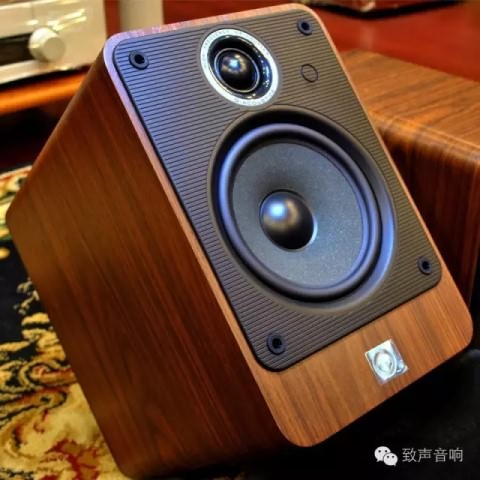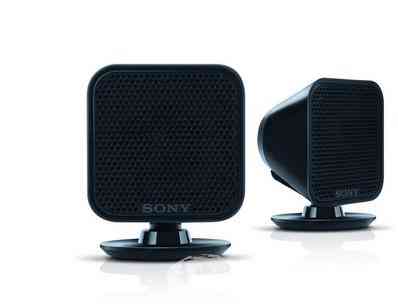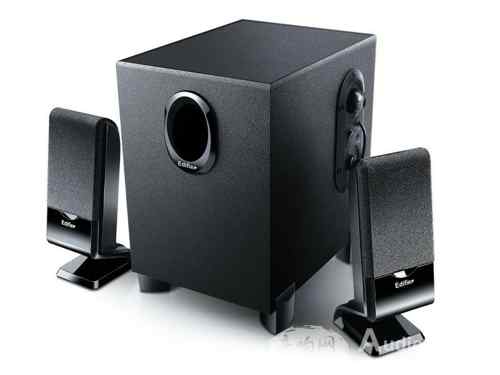Frequency response range <br> The full name of the frequency response range is called the frequency range and frequency response. The former refers to the range between the minimum effective playback frequency of the speaker system and the highest effective playback frequency; the latter refers to the sound pressure generated by the speaker when the audio signal output with constant voltage is connected to the system. Increasing or attenuating, the phase changes with frequency. The relationship between sound pressure and phase and frequency is called frequency response in dB (dB). The curves of sound pressure and phase lag with frequency are called "amplitude frequency characteristics" and "phase frequency characteristics", respectively, and are collectively called "frequency characteristics". This is an important indicator to check the performance of the speaker. It has a direct relationship with the performance and price of the speaker. The smaller the decibel value, the flatter the frequency response curve, the smaller the distortion and the higher the performance. Such as: a speaker frequency response is 60Hz ~ 18kHz +/- 3dB. These two concepts are sometimes indistinguishable and are called frequency response. In theory, the harmonic components that make up the sound are very complicated. The wider the frequency range, the better the sound is, but this is basically correct for medium and low-end multimedia speakers. Nowadays, the speaker manufacturers generally have too large a range of system frequency response, and the high frequency part is not much worse, but it is extremely unrealistic on the low end, so we must pay attention to the low frequency sound. Don’t believe it easily. The value on the leaflet.

Sensitivity <br> This indicator is the sound pressure level measured one meter in front of the axis perpendicular to the speaker plane when a 1W/1kHz signal is input to the speaker input. The unit of sensitivity is in decibels (dB). The sensitivity of the speaker is 3dB, the output sound pressure is doubled. The sensitivity of the ordinary speaker is in the range of 85~90dB, the low sensitivity is below 85dB, the sensitivity is above 90dB, and the sensitivity of the multimedia speaker is slightly lower.
power
The simple point of this indicator is that it feels how powerful the sound from the speaker can be. According to international standards, power is marked in two ways: rated power and maximum withstand power (instantaneous power or peak power PMPO). The rated power refers to the continuous analog signal of the specified waveform in the rated frequency range, the maximum undistorted power that the speaker can emit, and the maximum withstand power is the maximum electric power of the speaker without any damage. Usually, in order to cater to the consumer's psychology, the music usually has a large power rating, so the rated power should be taken when purchasing multimedia speakers. The maximum power consumption of the speaker is mainly determined by the power of the power amplifier chip, and also has a great relationship with the power transformer. The weight difference between the main and sub-speakers can be roughly known about the weight of the transformer. Generally, the heavier the power, the greater the power. But the power of the speaker is not the bigger the better, the application is the best, for the average home user's room of about 20 square meters, the true sense of 50W power is enough, there is no need to go too far to pursue high power.

Distortion <br> The distortion definition of the speaker is basically the same as the distortion of the amplifier. The difference is that the amplifier inputs the electrical signal, the output is the electrical signal, and the speaker inputs the electrical signal, and the output is the acoustic signal. Therefore, the distortion of the speaker refers to the distortion of the electroacoustic signal conversion. The distortion of the sound wave is allowed to be within 10%, and the human ear is generally insensitive to distortion within 5%. It is best not to buy speakers with a distortion of more than 5%. 5. Signal-to-Noise Ratio This indicator refers to the ratio of the normal sound signal to the noise signal played back by the speaker. The signal-to-noise ratio is low, the noise is severe when the small signal is input, and the sound in the entire range is obviously murky. I don't know what sound is emitted, which seriously affects the sound quality. Speakers with a signal-to-noise ratio below 80dB (including subwoofers below 60dB) are not recommended.
Impedance <br> This indicator is the ratio of the voltage to current of the input signal. The input impedance of the speaker is generally divided into high impedance and low impedance. Generally, the impedance is higher than 16 ohms, the impedance is lower than 8 ohms, and the standard impedance of the speaker is 8 ohms. The nominal impedance of the speakers on the market is 4 ohms, 5 ohms, 6 ohms, 8 ohms, 16 ohms, etc. Although this indicator has nothing to do with the performance of the speakers, it is best not to buy low-impedance speakers. The recommended value is standard. 8 ohms, this is because in the case of the same power amplifier and output power, low-impedance speakers can get a large output power, but the impedance is too low, which will cause under-damping and bass degradation.

Sound Technology <br> Hardware 3D sound technology is now more common SRS, APX, Q-SOUND and Virtaul Dolby, etc. Although they each implement different methods, they can make people feel obvious three-dimensional effects, among which The first one is the most common. They all use the extended stereo (Extended Stereo) theory, which is to add additional processing to the sound signal through the circuit, so that the listener feels the sound direction extended to the outside of the two speakers, so as to expand the sound, giving people a sense of space and A three-dimensional effect produces a wider stereo effect. In addition, there are two sound enhancement technologies: active electromechanical servo technology and BBE high-definition plateau sound reproduction system technology, which also has certain effects on improving sound quality. After reading the above points, I believe that everyone has a certain understanding of the technical parameters of the speaker. Finally, the technical parameters can only be used as one of the criteria for measuring the sound quality of a speaker. In addition to the technical parameters, the sound quality of a speaker is also There are many factors that determine it. Before buying a speaker, you must first determine your own needs, is it to watch movies, play games or listen to songs? Generally speaking, it is better to watch movies and games using 2.1 speakers, and to listen to songs, it is better to choose 2.0 speakers. Then combined with your own budget to bring the audition disc to the store to slowly listen to and compare purchases. The sound quality is a very subjective thing. If you feel good, you may not feel good, and you may not like it, so you may not like it. Believe in your ears and buy your favorite speakers.
Wireless Charging Coils,10W Wireless Charging Coil,Wireless Charging Coil For Cell Phone,Car Wireless Charging Coils
Shenzhen Sichuangge Magneto-electric Co. , Ltd , https://www.rodinductor.com